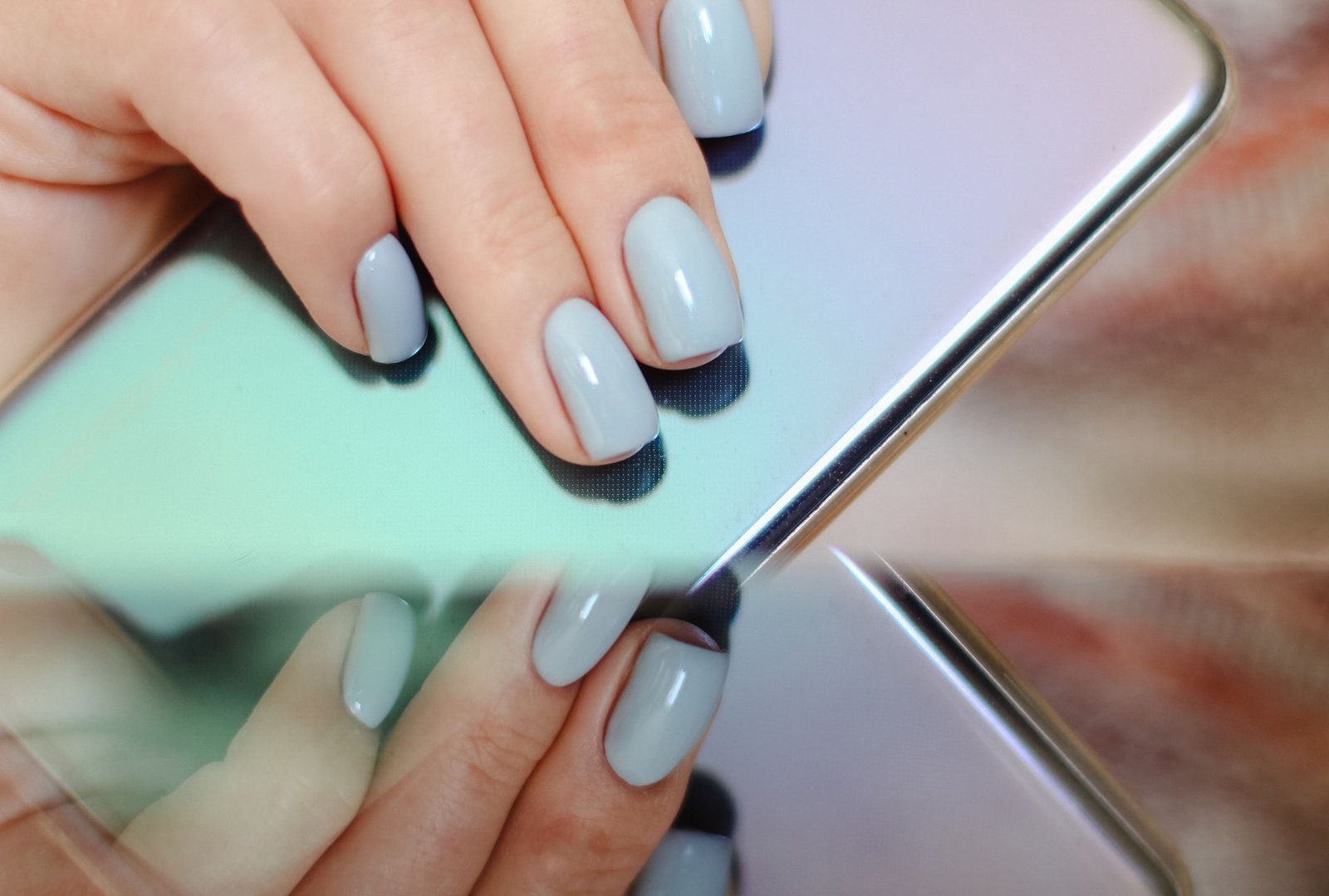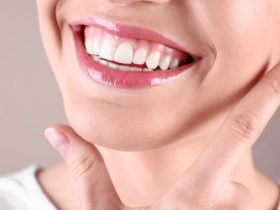Nails are important. We use them as body accessories but we should take care of their health as well. It’s a good idea to go to ladies beauty salon and do nail extensions or a gelish manicure and pedicure, but taking care of nails starts at home. If you don’t know how to take care of your nails and make them healthy you should definitely read this article.
If you have thin, weak nails don’t give up, you have hope for better nails, you just have to be more optimistic and read more about healthy nails.
Moisturize your cuticles
You hurt them if you push them about rough or chop them back too much. Your nail bed is then susceptible to infection as a result. Hydrating cuticles and never pressing or clipping them, not even during a professional manicure, is important as part of routine nail care to preserve healthy nails. Observe your cuticles and the adjoining skin for symptoms of infection, including as redness, discomfort, swelling, and even pus. For assistance treating any infection, consult a doctor.
Dish gloves are important
Even strong nails might become brittle when often submerging hands in hot, soapy water to wash dishes, mainly because this process dries out the nails along with the rest of the skin on your hands. Gloves must be worn during protective nail care in order to safeguard your hands as you scrub. It is interesting that people who swim in cooler water don’t appear to face the same challenges with their strong nails.
Infections are real
While it’s normal to file off rough edges and bandage a broken nail with adhesive tape, you should consult your doctor if there are any indications of an infection. Redness, swelling, and pain are typically hallmarks of a bacterial infection, but you might not notice the early indications of a nail fungal infection, which include puffy, red, and irritated skin around the nail bed. For the best nail care, seek medical help when healthy nails are in danger. Fungal infections may improve with over-the-counter antifungal therapy, but they occasionally require prescription drugs.
Clip your nails
Maintain regular nail trimming. According to many doctors, regular trims help keep nails healthy and less prone to breakage and snags than they are to hair. Therefore, attempt to trim your nails every two weeks. Once you observe how your nails react, you can change the frequency as necessary.
Give them a break
Keep your complicated manicure designs and those intensely pigmented, aggressive colors for the weekend, and give your nails a break with a clear gloss for the remainder of the week. Doctors advise that switching from one intense paint color to another without a pause might dry out your nails, cause them to turn yellow, and eventually destroy the structure of your nails.
Nail polish removers may also be the cause of your thin nails. Going completely natural “may be just what your nails need to revitalize and freshen,” the expert claims.
Consult a dermatologist if your nails change, swell, or are painful since these could be symptoms of more serious nail issues. It’s crucial to get treatment for any nail issues if you have diabetes or poor circulation.
Nails
Nails are important. We use them as body accessories but we should take care of their health as well. It’s a good idea to go to ladies beauty salon and do nail extensions or a gelish manicure and pedicure, but taking care of nails starts at home.
If you don’t know how to take care of your nails and make them healthy you should definitely read this article.
If you have thin, weak nails don’t give up, you have hope for better nails, you just have to be more optimistic and read more about healthy nails.
Moisturize your cuticles
You hurt them if you push them about rough or chop them back too much. Your nail bed is then susceptible to infection as a result. Hydrating cuticles and never pressing or clipping them, not even during a professional manicure, is important as part of routine nail care to preserve healthy nails. Observe your cuticles and the adjoining skin for symptoms of infection, including as redness, discomfort, swelling, and even pus. For assistance treating any infection, consult a doctor.
Dish gloves are important
Even strong nails might become brittle when often submerging hands in hot, soapy water to wash dishes, mainly because this process dries out the nails along with the rest of the skin on your hands. Gloves must be worn during protective nail care in order to safeguard your hands as you scrub. It is interesting that people who swim in cooler water don’t appear to face the same challenges with their strong nails.
Infections are real
While it’s normal to file off rough edges and bandage a broken nail with adhesive tape, you should consult your doctor if there are any indications of an infection. Redness, swelling, and pain are typically hallmarks of a bacterial infection, but you might not notice the early indications of a nail fungal infection, which include puffy, red, and irritated skin around the nail bed. For the best nail care, seek medical help when healthy nails are in danger. Fungal infections may improve with over-the-counter antifungal therapy, but they occasionally require prescription drugs.
Clip your nails
Maintain regular nail trimming. According to many doctors, regular trims help keep nails healthy and less prone to breakage and snags than they are to hair. Therefore, attempt to trim your nails every two weeks. Once you observe how your nails react, you can change the frequency as necessary.
Give them a break
Keep your complicated manicure designs and those intensely pigmented, aggressive colors for the weekend, and give your nails a break with a clear gloss the remainder of the week. Doctors advise that switching from one intense paint color to another without a pause might dry out your nails, cause them to turn yellow, and eventually destroy the structure of your nails.
Nail polish removers may also be the cause of your thin nails. Going completely natural “may be just what your nails need to revitalize and freshen,” the expert claims.
Consult a dermatologist if your nails change, swell, or are painful since these could be symptoms of more serious nail issues. It’s crucial to get treatment for any nail issues if you have diabetes or poor circulation.








Leave a Reply